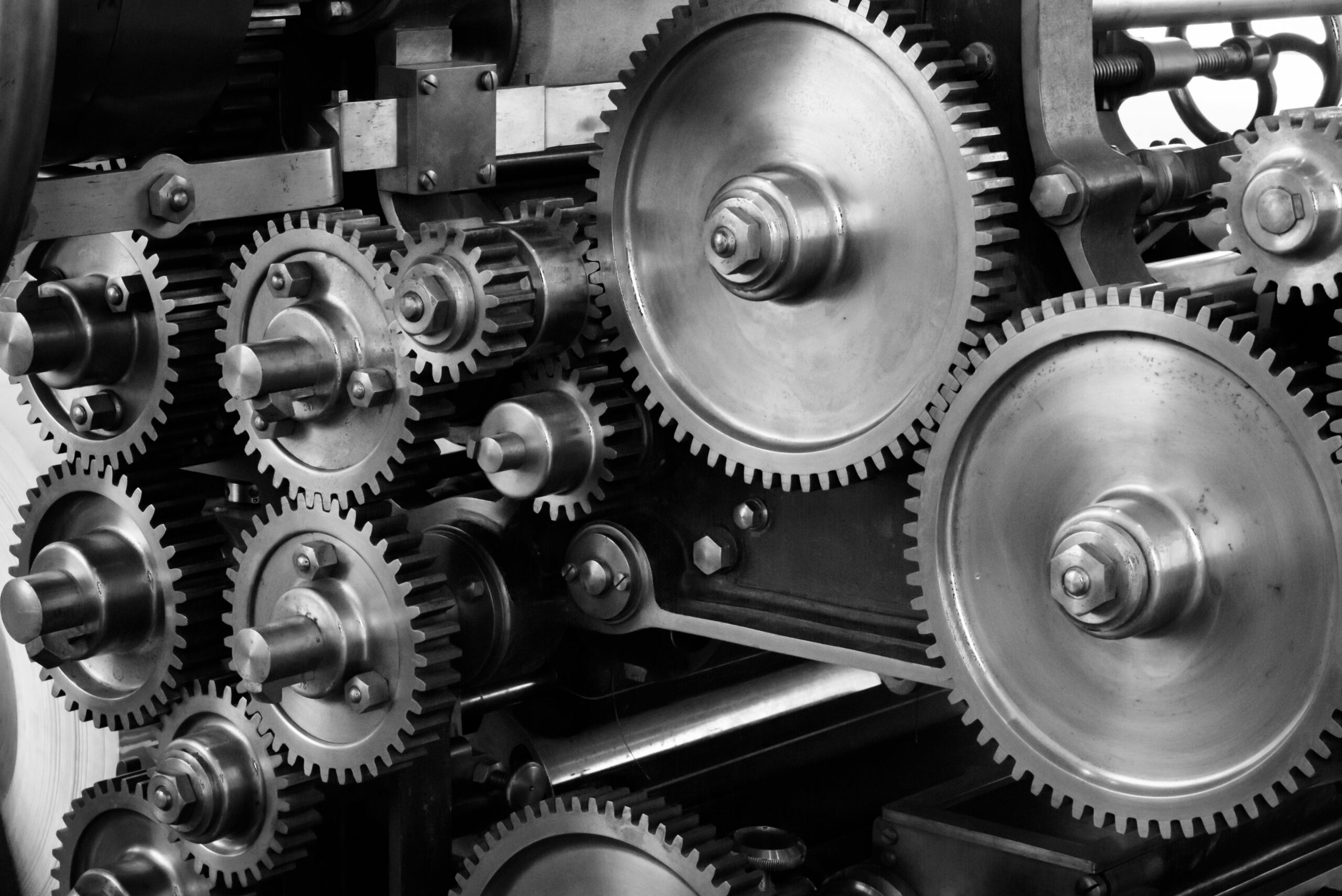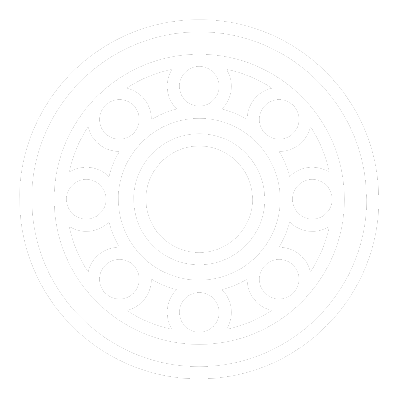
Linear Bearings/Guides
Linear bearings are essential components in motion control systems, enabling precise, low-friction linear movement in industrial automation, robotics, CNC machinery, and various engineering applications. They support loads while allowing smooth motion along a guide rail or shaft, reducing wear and improving efficiency. Selecting the right linear bearing is crucial for optimizing performance, longevity, and reliability in automated systems.

Types of Linear Bearings
Ball Bushing Bearings
- Design: Uses recirculating ball bearings inside a cylindrical housing
- Advantages: Low friction, high-speed capability, excellent precision
- Applications: CNC machines, automated assembly lines, robotics
- Considerations: Requires proper lubrication and maintenance to prevent wear
Roller Bearings
- Design: Uses cylindrical or needle rollers instead of balls for load distribution
- Advantages: Higher load capacity, superior rigidity, reduced deflection
- Applications: Heavy-duty industrial automation, machine tools, aerospace systems
- Considerations: Requires precise alignment and regular lubrication for optimal performance
Plain Bearings (Sleeve Bearings)
- Design: Simple sliding contact between bearing and shaft, often made of polymer or bronze
- Advantages: Cost-effective, durable, resistant to contamination
- Applications: Low-speed applications, harsh environments, where lubrication is difficult
- Considerations: Higher friction compared to rolling element bearings, may require periodic lubrication
Crossed Roller Bearings
- Design: Uses cylindrical rollers arranged in a crisscross pattern for high rigidity
- Advantages: Exceptional accuracy, compact design, superior load-handling capability
- Applications: Precision positioning systems, semiconductor manufacturing, optical equipment
- Considerations: More expensive than ball bearings, requires precise installation
Profile Rail Bearings
- Design: Uses linear guides with recirculating ball or roller bearings for high precision
- Advantages: Excellent rigidity, high accuracy, long lifespan
- Applications: CNC machines, automated production lines, high-precision motion control
- Considerations: Requires proper preload adjustment and lubrication for optimal performance
How to Specify Linear Bearings
Load Capacity
- Determine the expected force and weight the bearing must support
- Consider both static loads (stationary forces) and dynamic loads (forces during motion)
- Ensure the bearing can handle moment loads (torques that cause tilting or twisting)
Speed Requirements
- Assess the velocity of linear motion and required smoothness
- High-speed applications benefit from ball bushing or profile rail bearings
- Low-speed applications may use plain bearings for cost-effectiveness
Environmental Conditions
- Consider exposure to dust, moisture, temperature variations, and contaminants
- Use sealed or self-lubricating bearings for harsh environments
- Stainless steel or polymer bearings may be required for corrosive conditions
Material Selection
- Steel bearings: High strength, durability, suitable for industrial applications
- Polymer bearings: Lightweight, corrosion-resistant, ideal for wet environments
- Ceramic bearings: High wear resistance, low friction, used in precision applications
Lubrication Needs
- Identify whether self-lubricating or externally lubricated bearings are required
- Proper lubrication reduces friction, wear, and heat buildup
- Consider grease vs. oil lubrication based on application requirements
Mounting Configuration
- Ensure compatibility with guide rails, shafts, or extrusion bases
- Proper alignment prevents binding, excessive wear, and premature failure
- Consider preload adjustments for optimal rigidity and accuracy
Selecting the Right Linear Bearing
Precision vs. Load Capacity
- High-precision applications (CNC machining, semiconductor manufacturing) require profile rail or crossed roller bearings
- Heavy-load applications (industrial automation, aerospace) benefit from roller bearings
- General-purpose applications (material handling, robotics) can use ball bushing bearings
Cost vs. Performance Trade-offs
- Budget-friendly options: Plain bearings, ball bushing bearings
- High-performance solutions: Crossed roller bearings, profile rail bearings
- Long-term efficiency: Consider maintenance costs, lubrication needs, and lifespan
Environmental Considerations
- Dusty environments: Sealed bearings or polymer-based solutions
- High-temperature applications: Heat-resistant materials and proper lubrication
- Corrosive conditions: Stainless steel or ceramic bearings
